Meerkats are small mammalian carnivores that are members of the mongoose family. They are also known as “suricates,” and their taxonomical genus is Suricata. These charismatic little creatures are best known for their intricate family life. Read on to learn about the meerkat.
Description of the Meerkat
These mongoose-like mammals are long and somewhat lanky. The muzzle is relatively long and tapered, with black patches around the eyes and small ears on either side. Their front limbs are equipped with finger-like claws, which they use to dig tunnels.
Meerkats commonly stand in a bipedal, or upright, position and use their tails for balance. Their coats are lightly colored, with darker stripes running parallel down their backs.
Interesting Facts About the Meerkat
Suricates are incredibly charismatic little creatures. As a small predator, surviving in desert and savanna habitats can be treacherous. Learn more about how these creatures survive below.
- Gang’s All Here – A group of meerkats is known as a “mob,” “clan,” or “group.” Members of a clan can number up to 50 individuals, though the average is 20 members per clan. Living in a large group definitely has its benefits.
- Sentry Duty – When so many creatures view you as a tasty snack, having a guard on duty can be essential to survival. Suricates take turns at sentry duty, and there is always a group member on patrol while others are out of their tunnels. This sentry keeps watch for any potential predators.
- Ring the Alarm – In order for the animal on guard to properly alert the other members to the presence of a predator, it is important that they have a system of communication in place. When a predator is spotted, the sentry will sound an alarm whistle or bark, letting the other members know that they must return to their burrows.
- Burrow Below – Thankfully, when predators come sniffing, meerkats have a safe escape route close at hand. As a group, they dig extensive tunnel systems. Tunnels can be well over 16 ft. long, and they have multiple entrances and chambers. It is not uncommon for families to utilize five different burrows within a territory.
Habitat of the Meerkat
Burrowing animals must live in a habitat that has the correct soil type for tunneling. If the soil is too loose, tunnels will collapse. If the soil is too hard-packed or rocky, digging is much more difficult and becomes a waste of energy. The optimal habitat for these creatures is the arid desert, scrubland, and savanna.
Distribution of the Meerkat
These unique creatures are restricted to South Africa’s Kalahari Desert. They are found nowhere else in the world, outside of zoological institutions.
Diet of the Meerkat
Though small, these little carnivores are ferocious predators. Using their keen sense of smell, they will hunt down and kill any number of prey items. They have even been known to hunt venomous scorpions and snakes! These hunters will skillfully disable the venomous predator, remove the venom gland, and eat the rest. Some of their frequently eaten selections include spiders, snakes, scorpions, mice, rats, eggs, lizards, and birds.
Meerkat and Human Interaction
Humans generally avoid desert habitats, and this benefits the creatures that live in these habitats. Suricates are considered to be at “Least Concern” by the IUCN Red List. Thankfully, it seems that these creatures are not impacted by humans to any drastic extent.
Domestication
Meerkats have not been domesticated in any way.
Does the Meerkat Make a Good Pet
Despite their cute and cuddly appearance, these are actually quite fierce predators. It is not a good idea to have one as a pet, because they can actually be relatively dangerous and aggressive. It is illegal to own one without the proper permits and licenses for this reason.
Meerkat Care
Housing these tunneling creatures can be quite a challenge in a zoological setting. They must have plenty of access to digging and tunnels to be happy, but they shouldn’t be able to escape! When building exhibits zoos use wire netting around the base of the enclosure to keep these expert diggers from tunneling into other exhibits.
Their habitats are also equipped with plenty of large rocks or artificial termite mounds for them to climb on. A typical zoo diet consists of commercial zoo carnivore meat diet, dried cat food, crickets, mealworms, and some fruits and veggies as treats.
Behavior of the Meerkat
Meerkats have extensive and complex social lives within clans. They can live in very large groups, and each group has a dominant female and male. Mother is queen in these matriarchal societies, and the dominant female has the last word on every “decision” within the group. Another benefit to living in large groups is the ability to cooperate in rearing pups.
Reproduction of the Meerkat
Only the dominant male and female in a group are allowed to breed. After mating, the dominant female has a gestation period of 11 weeks. She gives birth in an underground nursery tunnel, and will remain in the tunnel until they are 4 weeks old. At 9 weeks old the pups will be weaned off of their mother’s milk, and the members of the clan will teach them to hunt.


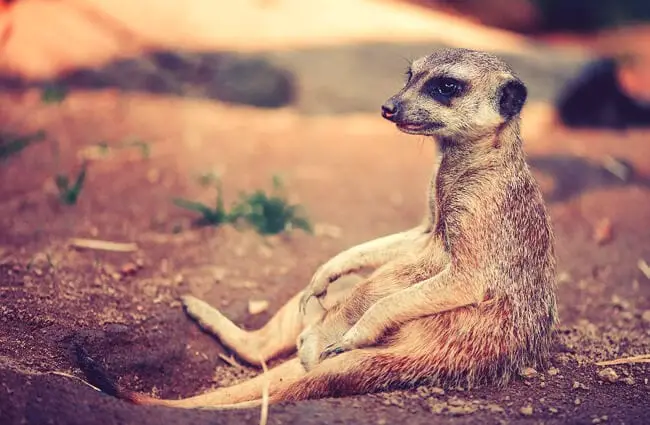



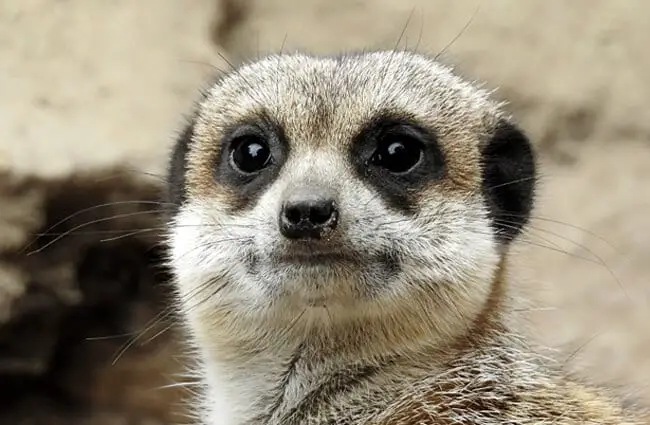




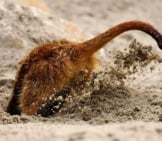

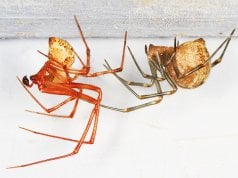
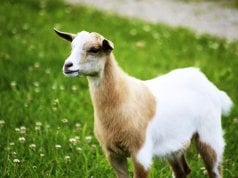











![Red Angus Closeup of a beautiful Red Angus cowPhoto by: U.S. Department of Agriculture [pubic domain]https://creativecommons.org/licenses/by/2.0/](https://animals.net/wp-content/uploads/2020/03/Red-Angus-4-100x75.jpg)

